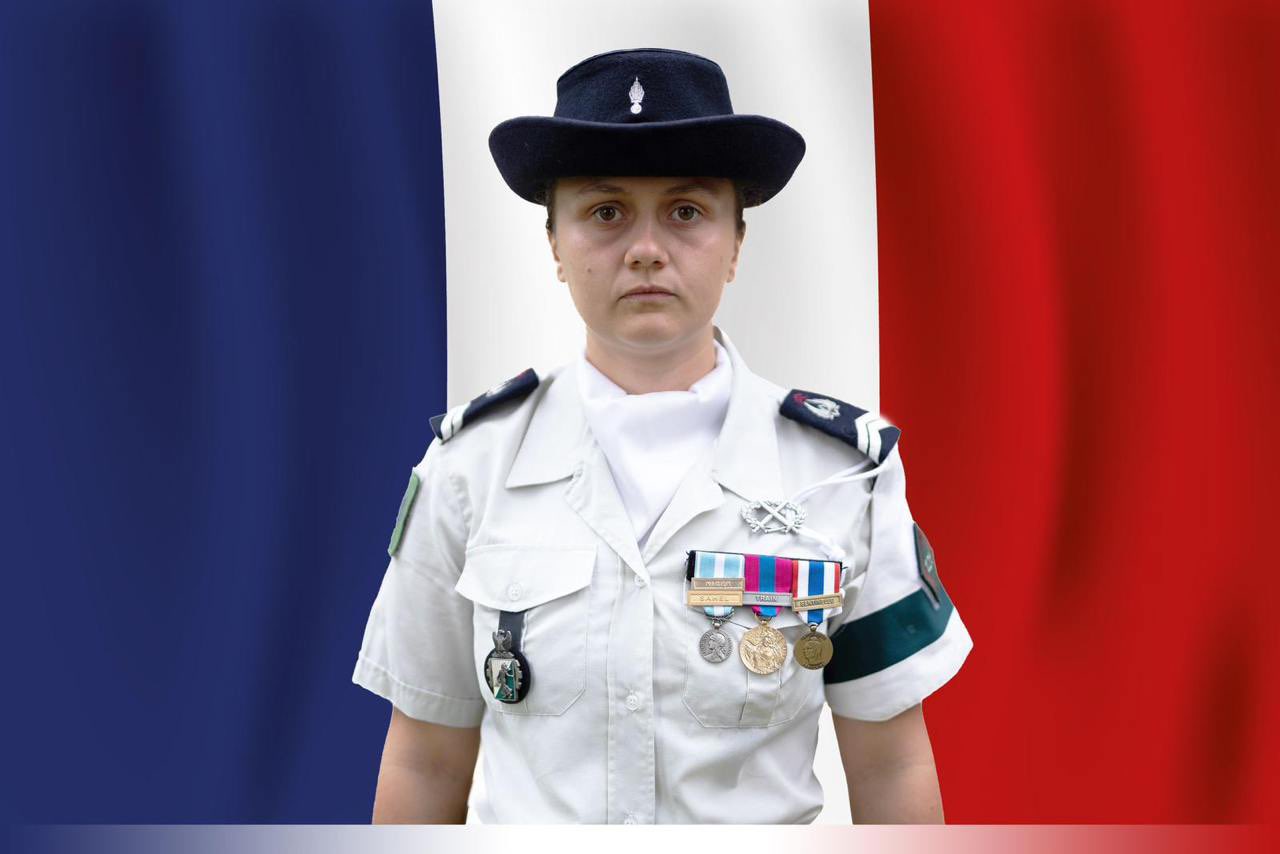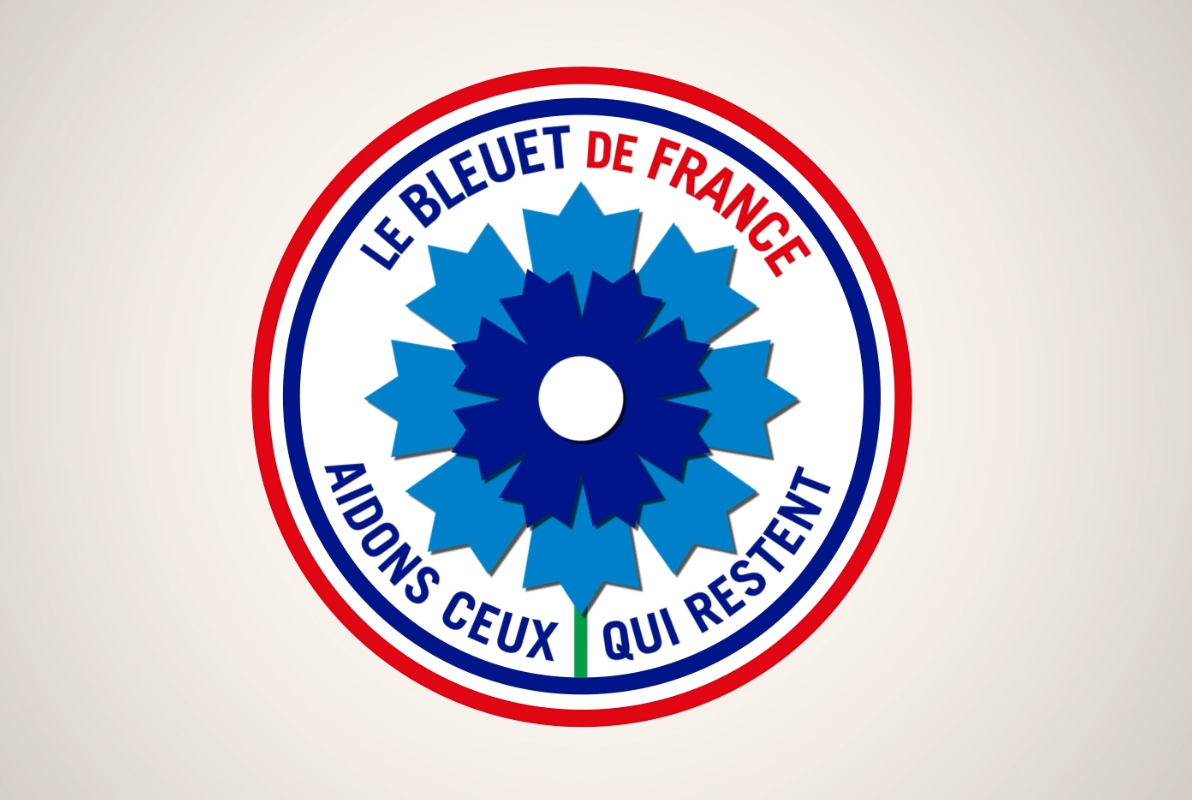Constatant l’absence d’imagination des analyses stratégiques récentes, en particulier le Livre blanc sur la défense et la sécurité nationale, l’auteur recommande de travailler à l’intersection de la géopolitique et de la criminalité. Après avoir étudié l’état de la sécurité de l’Europe et du monde, et s’être demandé de quoi les Européens ont peur, et ce qu’est devenue la guerre, Xavier Raufer entre dans le vif du sujet et définit la stratégie à adopter pour s’attaquer à la « triade » : entités dangereuses (criminalité organisée et terrorisme) qu’il faudra percevoir et affronter ; leurs territoires, les aires chaotiques et les zones grises qu’il faudra explorer et tenter de contrôler ; enfin les flux, face noire de la mondialisation (êtres humains, armes légères, faux et contrefaçon) qu’il faudra combattre. Où regarder et quoi voir pourrait aussi être le thème du futur programme de recherche du CSFRS.
Monde chaotique, menaces stratégiques
Strategic threats in a chaotic world
Noting the lack of imagination in recent strategic analyses, in particular the White Paper on defence and national security, the author recommends that effort should be focused on the intersection of geopolitics and criminality.
After looking at the state of European and global security, and asking what it is the Europeans are afraid of and what war has become, the author goes to the heart of the matter and suggests the strategy that should be adopted for attacking the triad:
dangerous entities (organised crime and terrorism), which have to be detected and confronted; their territory, the chaotic and grey areas that must be explored and an attempt made to control them; and lastly, the trafficking (in people, small arms, false and counterfeit goods), the downside of globalisation, that has to be fought against.
So the theme of the future research programme of the Higher Council for Training and Strategic Research (CSFRS) might be: where to look and what to see.








